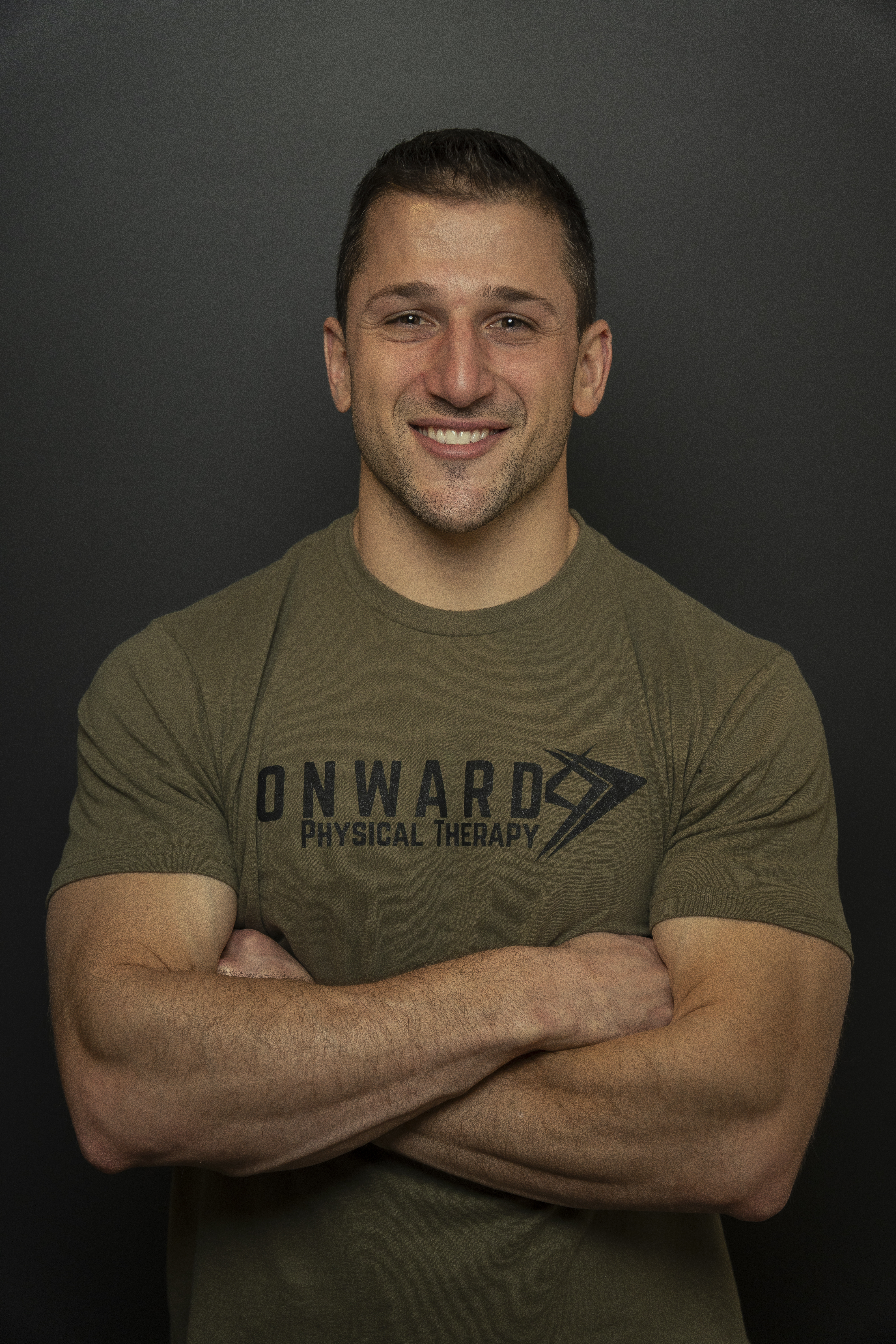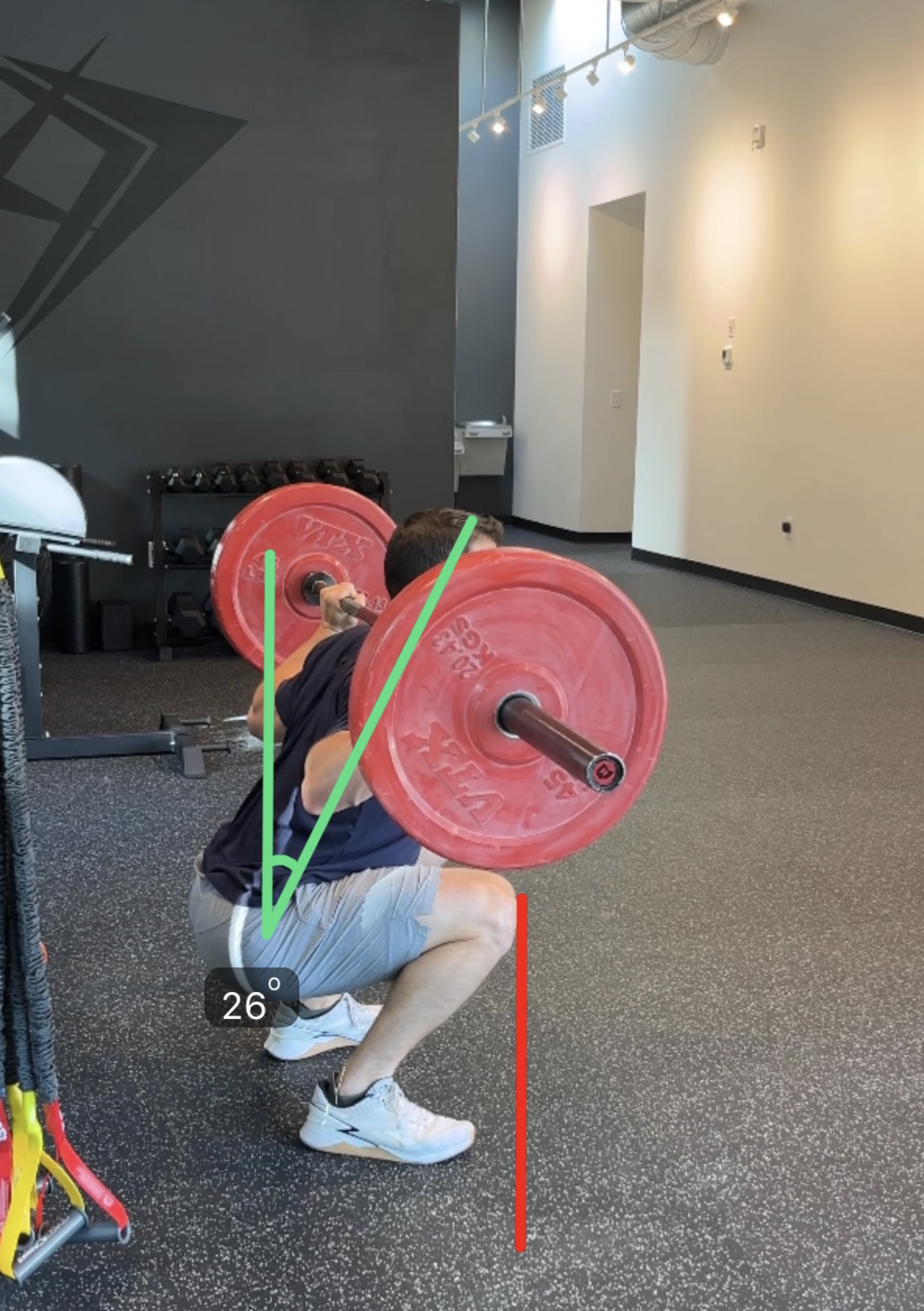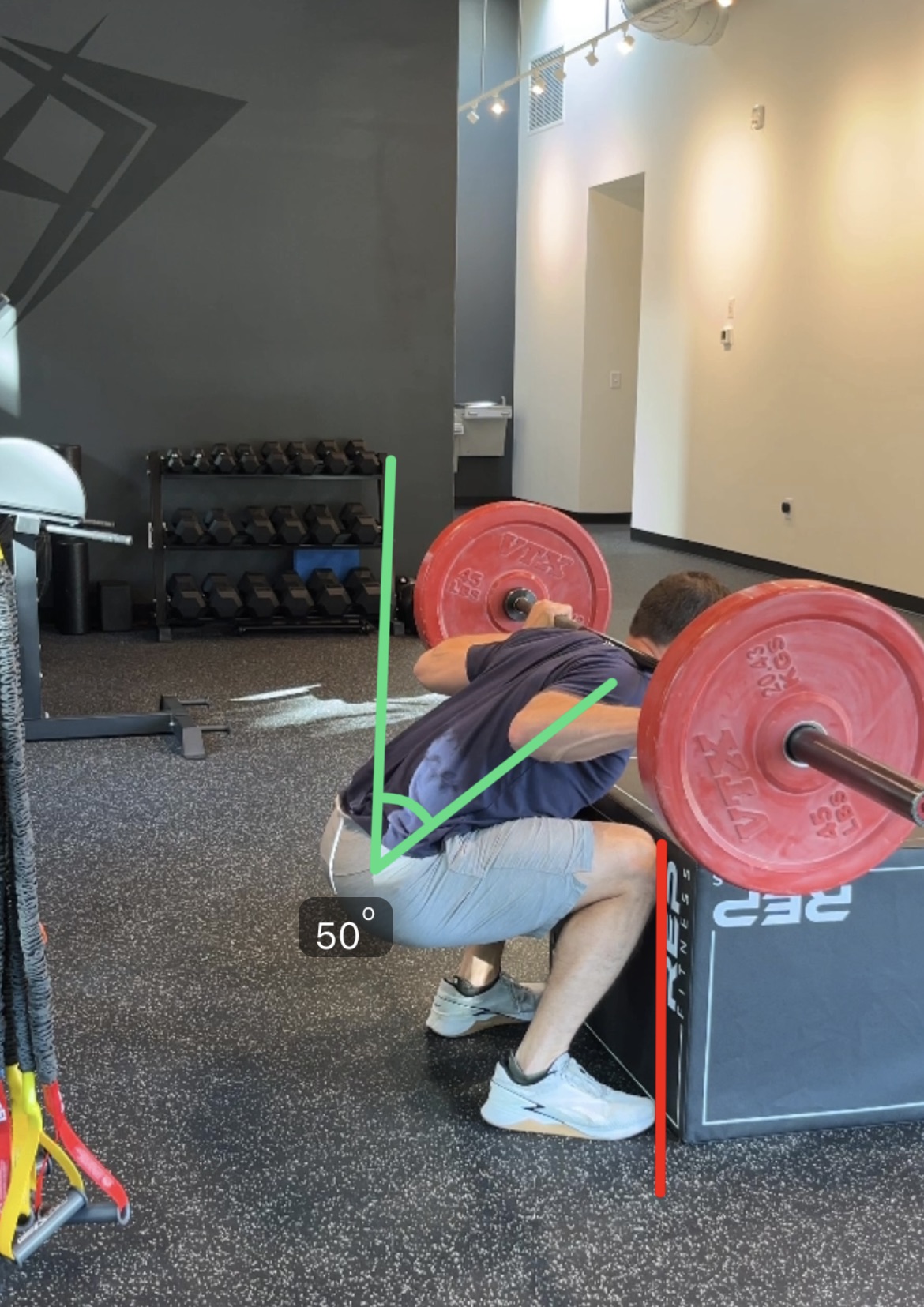 When It comes to choosing the proper footwear there are multiple factors to consider to make sure you are setting your body up for optimal performance. We know that when we are going to pound the pavement we want running shoes that help us cushion our impact, propel us forward, and are responsive to the road. Not only that, but we want to reduce the risk of injury while taking our individual anatomy, gait patterns, and personal preferences into account. SHEESH! That’s a lot to consider! But what about for our cross training when we want to focus on hitting some gym PR’s?
When It comes to choosing the proper footwear there are multiple factors to consider to make sure you are setting your body up for optimal performance. We know that when we are going to pound the pavement we want running shoes that help us cushion our impact, propel us forward, and are responsive to the road. Not only that, but we want to reduce the risk of injury while taking our individual anatomy, gait patterns, and personal preferences into account. SHEESH! That’s a lot to consider! But what about for our cross training when we want to focus on hitting some gym PR’s?
Lifting is an entirely different animal and something I recommend EVERY runner makes a part of their training program. Not only is it proven to help with injury prevention, it is one of the best ways to make running improvements as well! But how do we know we are equipped with the proper footwear? Below are a few factors to consider.
Stability: Unlike running, the shoes we lift weights in should be a lot firmer and more stable. This is because rather than cushioning our load we are focused on dispersing load firmly through the ground to help us transmit forces. If we are squatting heavy weight on an ultra cushioned shoe, we will lose energy and force through the cushion and become less efficient.
Versatility: Another key factor to consider is how versatile your shoes are. Some lifting shoes are specifically designed for higher level heavy lifting or olympic lifting type movement like squats, clean and jerk, and snatches. Olympic lifting shoes are great for these lifts; However, these types of shoes are not too great for anything else as they are extremely rigid and feature a large heel lift. If you want to hit a more rounded workout that includes other movements like lunges, deadlifts, step ups, plyometrics, sprints, etc. then these shoes are not going to be the best option and we may want a more versatile cross training or crossfit shoes. These shoes will have varying amounts of rigidity and versatility to allow for other movements to be completed like those listed above and are even appropriate for some shorter runs that may be a part of your workout.
Heel Drop: This should sound more familiar to all the runners here but we want to be aware of heel drop for different reasons while lifting. Heel drop is most important when it comes to ankle dorsiflexion range of motion. When we squat we want our knees to track over our toes. While we should address our physical limitations and not rely solely on a shoe to fix our issues, shoes with a large heel drop can help us train more optimally while taking these limitations into consideration. For example, see the pictures below:
1- Normal Squat. Knees track past toes (Red Line). Optimal back angle positioning (Green Line)..
2- Box shows a dorsiflexion restriction by blocking knees from passing toes. Excessive back angle and increased back strain.
3 - Plates simulate an increased heel lift. Despite the box being present we now have a more optimal back angle again.



Like I said, there are a TON of factors at play while considering proper footwear for the activity we want to complete. If you have questions about your shoes, lifting, running, performance, or overall health do not hesitate to reach out to Onward Raleigh at the following email, number, or website!
Onwardraleigh.com
Info@onwardraleigh.com
919-214-9476
Connect With Us
See the latest from Fleet Feet Raleigh